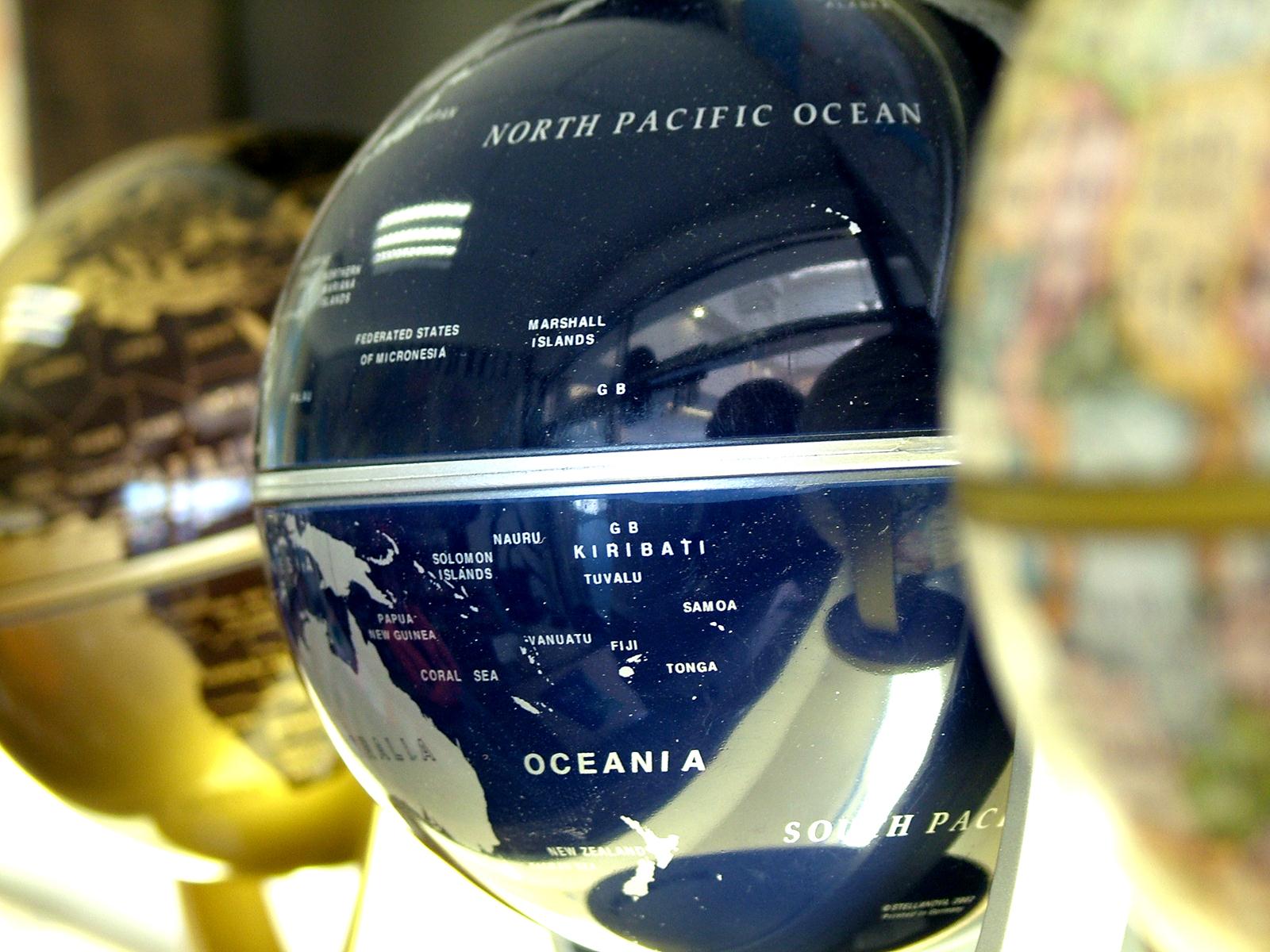Global supply chains will need an end-to-end rethinking as multiple disruptors look set to trigger structural changes, attendees of the ASEAN Ports and Shipping Conference heard from a number of speakers.
Perhaps of most interest – and importance – for speakers and attendees was the escalating trade war between China and the United States, which will shift world trade and move shipping and ports towards South and Southeast Asia, Han Ning, director for China at Drewry, told the conference.
Han’s view is that China and the US are turning away from trading with each other in favour of other partners, which will open new trade routes and destinations for the shipping industry.
While the US is initially going after Chinese high-tech products from the aerospace and IT sectors, China has struck back at a more mixed bag of US goods, including aircraft and agricultural products such as soybeans.
Han said that US$50 billion in high-tech cargos being exposed to higher tariffs affects 400,000 TEUs, or about 4% of China-US container cargo, and 2.3% of trans-Pacific eastbound container trade. If the war escalates to low-value cargos, the effects will more than double, she said.
Han acknowledged, to laughter, that it is hard to assess what the ultimate impact will be in part because of President Donald Trump’s unpredictability. There will be changes though – big ones, she says – as an escalating trade war, which she says is “inevitable” because it reflected economic fundamentals, reconfigures imports and exports.
“One of China’s solutions is to seek more diversified sources of raw materials and destination market for Chinese products,” she told Asia Cargo News in an email. “Regions which will benefit include not only Southeast Asia, but also other regions like South Asia, South America, Africa and maybe Europe, if Europe is not on the United States’ side.”

This reconfiguration is already underway, with Beijing recently cutting tariffs on 8,500 products from three South Asian countries, Sri Lanka, India and Bangladesh, as well as South Korea and Laos, she pointed out.
“World trade will experience a structural change in the long term,” she said, calling India, Bangladesh and Southeast Asia “likely winners.”
The likely losers were not named, but Han later told Asia Cargo News that trans-Pacific shipping would be impacted. “The severity depends on trade war escalation. I see some shipping lines have already withdrawn some trans-Pacific services.”
One product mentioned to illustrate the changes was soybeans. “This trade will get a benefit, maybe more destinations,” she said without naming any specific ports.
While there is sharp concern about the trade war, speakers also noted with concern the slower growth the industry is seeing. Compound average growth rate for containers was 4.5% for the years between 2010-2017, just over half of the 8.3% recorded between 2000 and 2009.
One part of the world where this is not the case – and it is supporting evidence for Han’s view – is Asia, where intra-regional container trade volumes grew at 5.7% per annum from 2012 to 2017, above the world annual average of 4.3%, said Mark Yong, business development director at consulting firm BMT Asia Pacific.
This is in part because some manufacturers are moving out of China, where wages and other costs have risen, to cheaper bases elsewhere in Asia. Two implications flow from this.
“With the rapid growth of intra-Asia trade, long-distance trade – Asia-Europe and trans-Pacific – volume has been offset,” Yong said of the first.
The second is that as intra-Asia volumes rise, there is a need for much more infrastructure across the region, as both ports and road and rail links are already stressed, despite efforts by counties including Vietnam, Malaysia and Thailand to improve their position.
“Among the lower-income countries in Asia, Pakistan, Cambodia, Myanmar and Vietnam are all estimated to require a substantial uplift in investment in port infrastructure to support their development,” Yong said.
It will require lots of work, some of it undramatic but needing to be done nonetheless, said Marco Neelsen, CEO of the Port of Tanjung Pelepas in Johor Bahru. “Southeast Asia ports will continue to face demands for higher service levels and pressure on capacity,” he said.
The industry is facing a growing number of changes, dozens of which were discussed at the event, but Anthonie Versluis, head of ports practice and managing partner for Malaysia at consulting firm Roland Berger, said that one of the most pressing is that e-commerce giants Alibaba and Amazon are taking control of their own supply chains to achieve faster delivery. Alibaba promises delivery within 24 hours in China and 72 elsewhere in the world, a promise with huge implications for the supply chain.
“Amazon and Alibaba, those are the guys to watch,” Versluis said.
By Michael Mackey
Southeast Asia Correspondent | Johor Bahru, Malaysia



